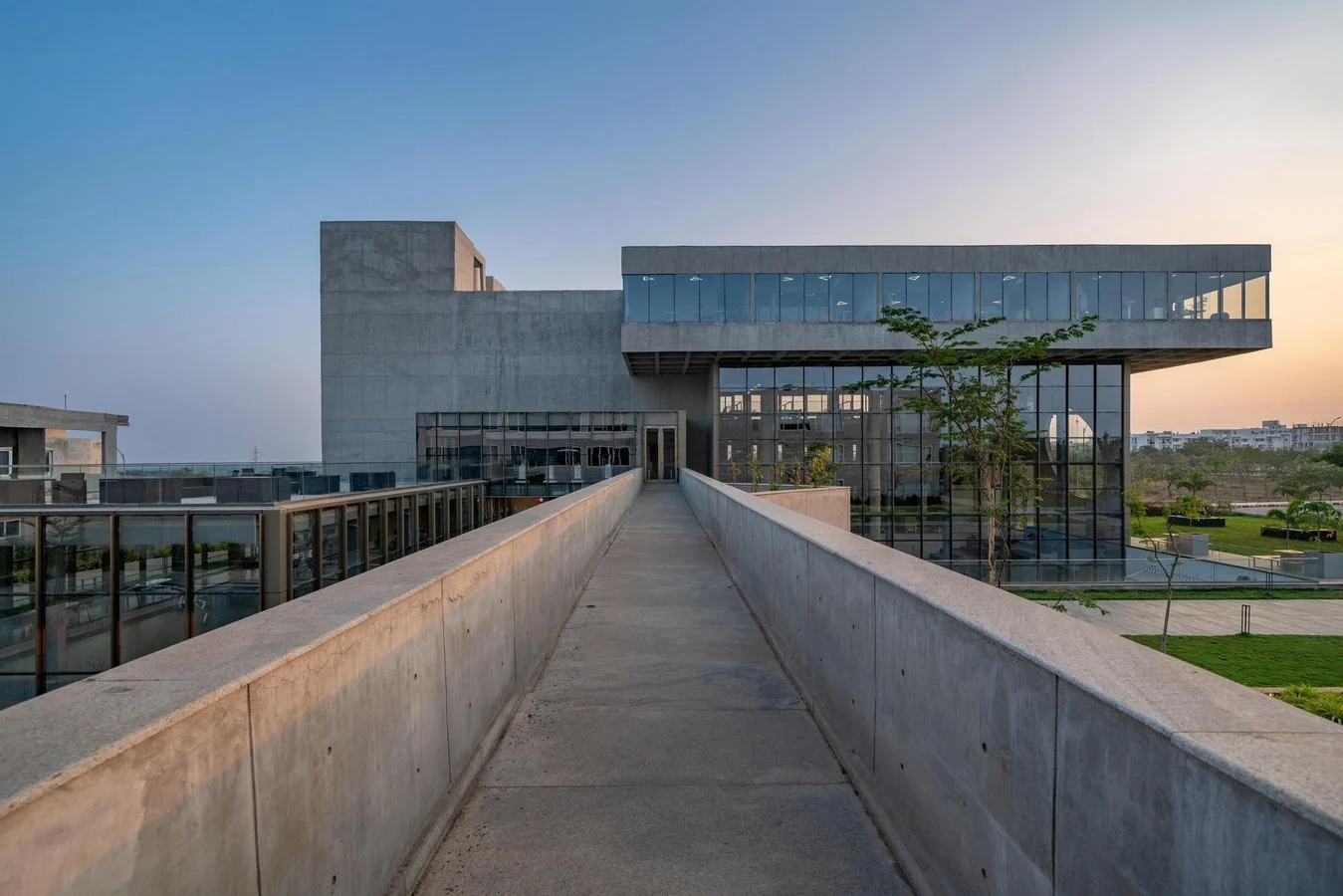Institutional architecture plays a critical role in shaping the civic experience. From schools and libraries to hospitals and government offices, public buildings are more than just spaces—they are symbols of accessibility, service, and trust. Thoughtful institutional design must balance form and function, while reflecting the community it serves. In a time when public resources are under increasing scrutiny, architecture must deliver both value and purpose.
Designing institutional buildings requires a deep understanding of human behavior, operational efficiency, and long-term sustainability. These spaces must support the work of public servants, meet the needs of diverse users, and project an image of reliability and transparency. Whether designing a courthouse or a research facility, architects must account for flow, security, and inclusiveness—all while remaining within budget and code requirements.
Community First: Designing for People
Public buildings serve a broad range of users—from students and educators to patients, civil servants, and the general public. As such, inclusivity is key. Institutional architecture must comply with accessibility standards while going beyond them to create dignified, welcoming environments. Wide corridors, clear signage, open circulation areas, and natural lighting all contribute to user comfort.
For example, in a public school, classrooms should be adaptable, well-ventilated, and connected to collaborative spaces that encourage creativity. In a hospital, the separation of patient care areas from administrative zones ensures both efficiency and privacy. In every case, institutional design must support the mission of the facility without compromising the human experience.
Form Serving Function
Unlike commercial or residential buildings, institutional structures often involve complex programming needs. Architects must design for security, durability, and scalability. This includes specialized infrastructure such as secure rooms in police stations, lab-ready spaces in research facilities, or specialized HVAC and fire systems in healthcare centers.
Durability is a top priority. These buildings experience heavy foot traffic, constant use, and must endure for decades. Materials are chosen not only for aesthetics but for their strength and ease of maintenance. Brick, concrete, metal panels, and high-performance glass are commonly used to provide both resilience and modern appeal.
Sustainability and Energy Responsibility
Institutional buildings are major energy consumers, which makes sustainability a central concern. Governments and public agencies are increasingly pursuing green certifications like LEED or BREEAM to minimize environmental impact and reduce long-term operational costs.
Design techniques such as passive solar design, rainwater harvesting, daylight harvesting systems, and green roofs are now standard in many public projects. These features not only benefit the environment but also create healthier, more comfortable environments for occupants.
Additionally, sustainability in institutional design often extends to the community itself. Thoughtful site selection and integration with public transportation can reduce traffic and enhance accessibility, while shared community spaces promote civic engagement.
Balancing Innovation with Responsibility
Institutional design is also about integrating emerging technologies in a responsible way. Smart systems for lighting, HVAC, and security enhance operational efficiency, while digital wayfinding and interactive displays improve the user experience.
Take, for instance, a data center architect, who must design highly secure, climate-controlled environments that house critical infrastructure for public institutions. These architects focus not only on technical precision but also on energy efficiency and fail-safe systems. Their work ensures that public systems—from emergency response to public utilities—run smoothly and securely.
Similarly, in universities or research institutions, design must enable rapid adaptation to new technologies and teaching methods. Flexible labs, tech-enabled classrooms, and collaborative hubs support evolving academic missions without needing costly redesigns.
Cultural and Civic Identity
Institutional buildings also represent the public face of a city or region. Their design communicates values like openness, equality, and progress. Architecture becomes a language through which the institution speaks to its users. A modern library with expansive glass walls might symbolize transparency and access to knowledge. A courthouse with a dignified façade might reflect justice and order.
Cultural sensitivity is also key—architecture must resonate with the community’s heritage and values. This can be achieved through materials, artwork, spatial orientation, or public spaces that invite gathering and interaction.
Conclusion
Institutional architecture isn’t about grandeur—it’s about purpose. Every line, wall, and corridor should reflect the mission of the institution and the people it serves. From libraries to laboratories, these buildings are the backbone of public life. With the expertise of specialists like a data center architect or a healthcare designer, institutional projects can achieve a balance of innovation, reliability, and civic pride. In doing so, architecture becomes a bridge between government, service, and the communities they support.

